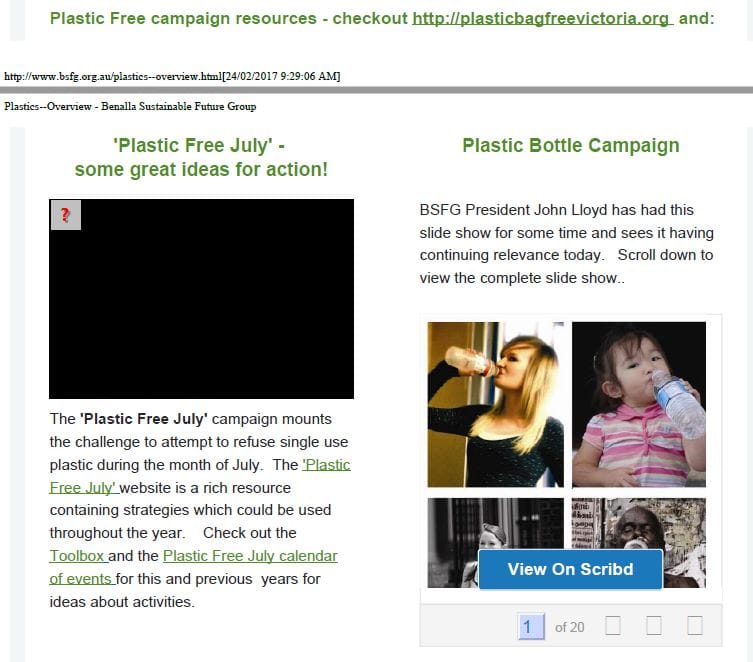Kenya's private sector has lent its support to the Kenya Plastics Pact, which presents an ambitious plan by 2030 to remove "problem...

Kenya's private sector has lent its support to the Kenya Plastics Pact, which presents an ambitious plan by 2030 to remove "problematic and unnecessary" plastics, as part of an initiative promoting a circular economy.
Harmful and superfluous plastic products are those that are challenging to recycle, created for one-time use, and come with substitute options.
Examples include PVC packaging, plastic cutlery andstraws and cotton swabs with plastic stems, with the items regarded asproblematic as they contaminate environments, endanger animals, and are rarely part of recycling processes.
A circular economy in contrast, it is a financial framework designed to reduce excess and maintain resources in circulation for the maximum duration feasible, focusing on the repurposing, restoration, reconditioning, and recovery of items and substances.
Under the plastic agreement, the country aims to haveAll plastic packaging must be reusable or recyclable (100% goal), 40% of plastic packaging should be properly recycled, and there should be an average of 15% recycled content in all plastic packaging by 2030.
This, even as the government pushes for theExtended Producer Responsibility (EPR) rule anchored under the Sustainable Waste Management Act 2022.
The rules hold manufacturers accountable for the full life cycle of their products, including handling of waste.
During the 10th Annual Circular Economy Conference and No Waste Festival in Nairobi, which concluded yesterday, Carole Kariuki, CEO of the Kenya Private Sector Alliance, highlighted that the circular economy is not solely an environmental initiative, but also an economic approach that fosters innovation and enhances manufacturing.
She observed that the nation has advanced in designers fixing items and youth-driven recycling ventures, with creators transforming waste into industrial resources.
Farmers are also increasingly adopting regenerative farming methods, while manufacturers are rethinking packaging to minimize ecological effects.
"Circularity has transitioned from theory to practice, from pilot projects to comprehensive programs, from Nairobi to various regions, and from waste management to complete system redesign," she stated.
Yesterday, the Kenya Plastics Pact, a coCollaborative effort that unites various stakeholders throughout the entire plastics supply chain, along with WWF-Kenya and other key partners, introduced the "No Single-Use Plastics Elimination Manual," a significant initiative aimed at speeding up the shift towards circular economy.
The initiative focuses on eliminating harmful single-use plastics, starting with Kenya's hospitality and tourism industries, by introducing a distinct 'No Single Use Plastic' emblem that indicates a company's dedication to eco-friendly methods.
It also supports the implementation of the 5Rs: Refuse, Reduce, Replace, Reuse, and Refill, and promotes noticeable actions like substituting single-use utensils, straws, and polystyrene packaging.
Kenya prohibited single-use plastic bags, beginning in 2017, with severe penalties including a fine of as much asSh4 million or a four-year prison sentence. The restriction was expanded in 2020 to cover protected regions such as national parks and forests..
However, the single-useplastic bagsare still being used, primarily by small traders.
Environmentand Climate Change PS Festus Ng’enostated the government is focusing onthe creation of a Circular Economy Strategy during this fiscal year, as part of the execution of our 2023-2027 Strategic Plan.
“This approach will extend well beyond conventional waste management by reshaping our entire value chains. It will encourage waste prevention, reuse, recycling, and resource efficiency, thereby directly minimizing the environmental damage caused by uncontrolled waste.,” Ng’eno said.
The strategy will also act as a strong driver for economic growth, the PS stated, promoting eco-friendly investments and encouraging collaborations that will result in innovation.
"This will, in turn, lead to a new wave of clean and green employment opportunities, providing substantial chances for our young people and women to engage in and gain from this economic shift," he stated.
The countryaims to create approximately240,000 direct green jobs by 2030 as part of its shift towards a sustainable and circular economy.



